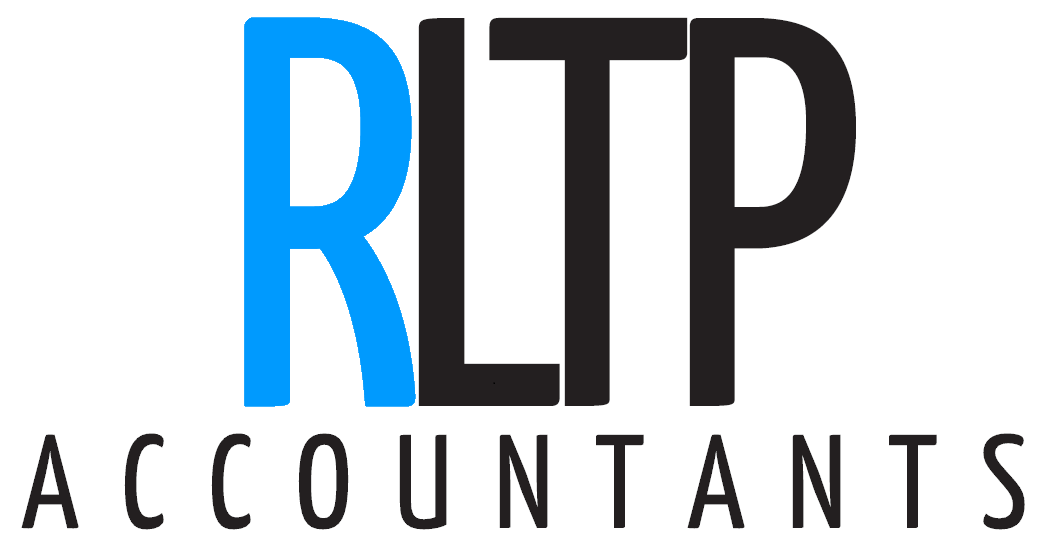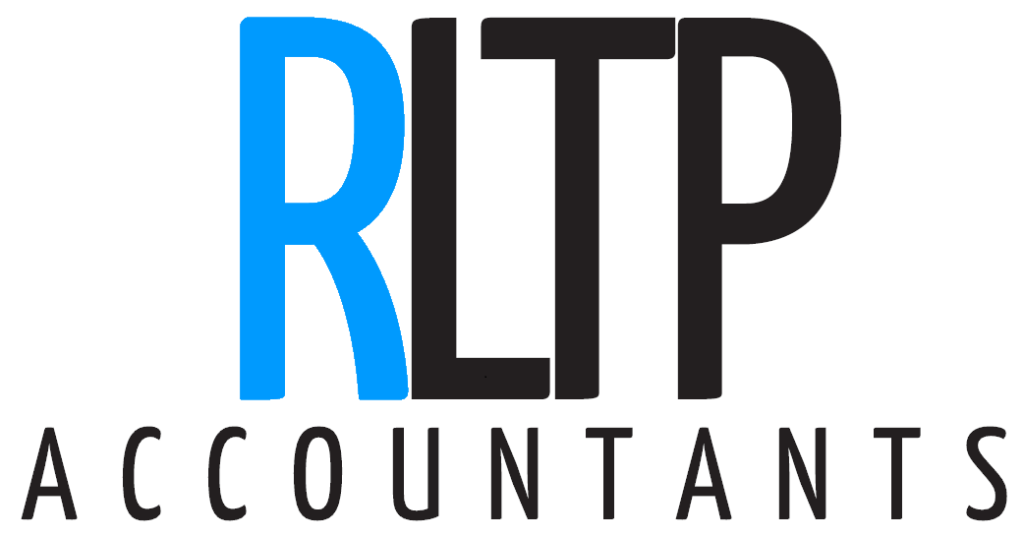You may have noticed that recently HMRC have introduced several changes to the way tax is calculated for landlords.
Wear & Tear Allowance
In the 2015 budget, it was announced that the Wear and Tear Allowance would be abolished from the 6th April 2016 onwards. The Wear and Tear Allowance was available to any landlord who rented out a furnished property, and the allowance was 10% of the rent charge.
The allowance has now been abolished, and landlords must now deduct expenses as and when they actually occur, instead of receiving a flat rate allowance like in previous years.
Tax breaks for buy-to-let landlords squashed
Landlords can currently claim tax relief on expenses but, with effect from April 2017, any finance costs will be restricted to tax relief at basic rate. Finance costs include mortgage interest, any related fees and loans taken out for any furnishings. Landlords who will be affected are those in the higher rate & additional rate tax brackets. The Treasury estimates that the current tax relief costs them approximately £6.3 billion per year.
The scheme will be gradually introduced over a period of 4 years, as below:
In 2017-2018, the deduction from property income (as is currently allowed) will be restricted to 75% of finance costs. The remaining 25% is available as basic rate tax reduction.
In 2018-2019, this will change to 50% finance costs deduction and 50% given as a basic tax reduction.
In 2019-2020, this will change again to 25% finance costs deduction and 75% given as a basic rate tax deduction.
From 2020-2021, all financing costs incurred by a landlord will be given as a basic rate tax deduction.
The gradual decrease in tax relief over the four years from April 2017 should help landlords to adjust.
If you require anymore information, contact us here.


